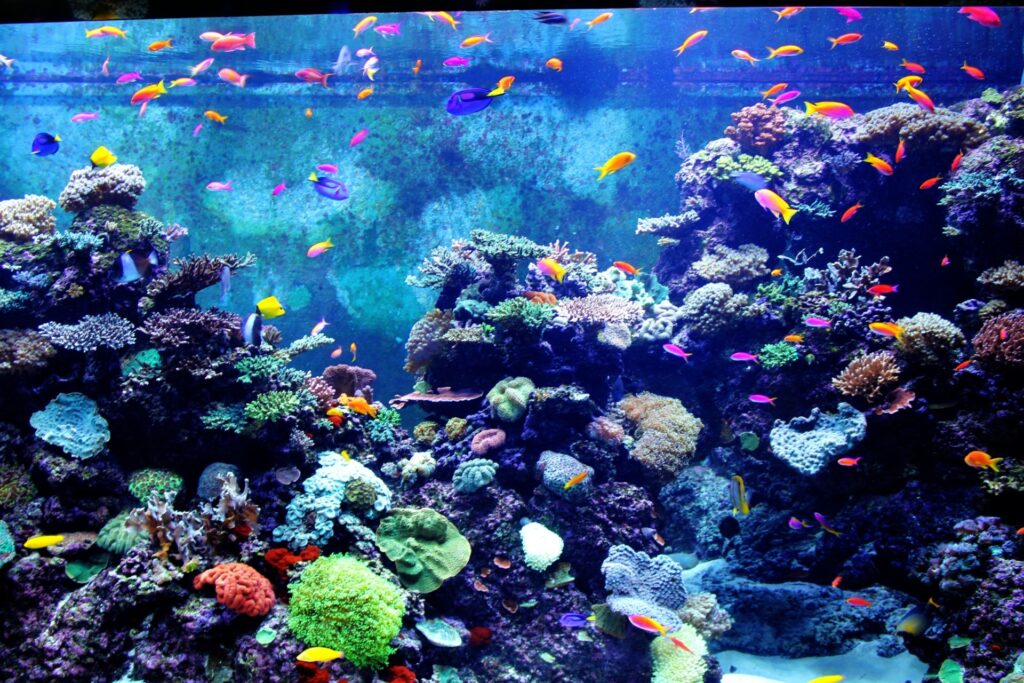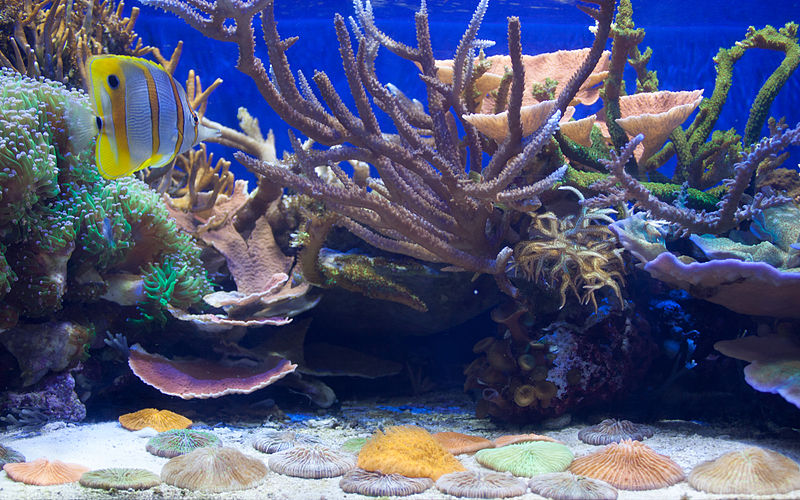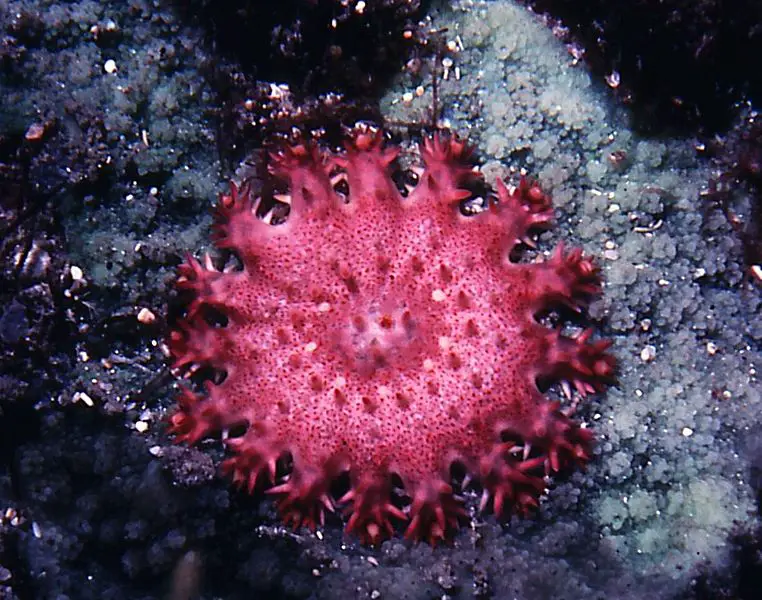Growing healthy corals isn’t as straightforward as it seems. They require ideal conditions that include pristine water quality, stable temperatures, and the right amount of white light. Maintaining this perfect balance of needs takes a close eye for detail and a wealth of knowledge on how to maintain an aquatic environment. So, with that in mind, how much white light do corals need?
The amount of white light coral needs to grow depends on the type of coral and the depth at which it lives. Generally speaking, shallow water corals need more light than deepwater corals, but most species can thrive with between 50-200 PAR. If you’re growing younger corals, they may need more light though, so be sure to consider every variable growth factor.
In this guide, we’ll take a closer look at the exact amount of white light, corals need to grow. We’ll examine some differences between species and dive into the finer details that affect your corals’ growth requirements.
A Lighting Guide for Corals
White light is one of the most important types of light for corals to grow. In natural environments, corals use sunlight to convert carbon dioxide and water into sugar and oxygen—a process better known as photosynthesis. Without the right amount of light, coral growth slows and eventually stops.
While corals can grow under most types of artificial light, white light is the closest to sunlight that we can provide in an aquarium or reef tank. Keep in mind, though, that most species need a minimum of 10 hours of white light per day to properly grow. For this reason, it’s important to choose a high-quality white LED light for your coral reef tank.
Corals also need a minimum of 50-100 PAR (photosynthetically active radiation) to thrive and produce a steady supply of food. That being said, though, some species require more light, while others require less. For example, some stony corals like Acropora require very high light intensities (300-500 PAR), while other stony corals like Zoanthids can do well in much lower light levels (100-250 PAR).
A general rule of thumb, though, is that shallow water corals need more light than deep water corals. If your corals would usually thrive in a shallow environment, expect to give them more light throughout the day. However, if your corals naturally live in deep-water environments where light cannot penetrate, they’ll only need a few hours of light a day.
Other Factors to Consider
Going beyond specific species of coral, other factors can affect how much light your coral needs. As you’re setting up your coral reef tank, be sure to consider the following variables:
- Age – Corals that are young or just starting to grow need more intense lighting than older corals. As they sprout, they need more sugar than older corals to maintain steady growth and development.
- Size – Size and age often go hand-in-hand but, as your coral grows larger, it won’t need as much light. The increased surface area makes it easier for your coral to absorb photons, meaning you won’t have to use as intense of light as before.
- Color – The color of your coral can also affect how much light it needs. For example, blue and green corals generally need less intense lighting because they contain more light-sensitive zooxanthellae cells. Red and orange corals, on the other hand, have fewer light-sensitive cells and require stronger frequencies of white light.
While this may seem like a lot to calculate, rest assured that you’ll know if your coral isn’t getting enough light. In the next section, we’ll go over some of these tell-tale signs and help you understand when to adjust your lighting setup.
How Can I Tell if My Corals Are Getting Enough Light?
The easiest way to tell if your corals are getting enough light is to pay attention to their color. If they start getting lighter or looking pale, it’s an indicator that they need more light. Some corals will also close up at night to try and get as much light as possible. If this happens in your tank during the day, it may be an indication of insufficient lighting.
On the other hand, though, if you are over-exposing your corals, they’ll start to turn a dark shade of brown. If this starts to happen in your tank, treat it as an indication that you need to cut back on the amount of light you’re using. Alternatively, you can change the type of lights you’re using.
Do Corals Prefer Blue or White Light?
Truth be told, corals actually thrive better under blue lights. Most professional aquariums use blue lights because this spectrum of electromagnetic radiation can penetrate deeper into the water than standard white light. The only reason to use white light is that it closely mimics the wavelengths emitted by the sun.
Comparing the two, white light contains every color of visible light. Blue lights, on the other hand, provide a single frequency—what the human eye perceives as blue. As white light travels through water, some of the other color frequencies are lost through refraction, reflection, and dispersal. Blue light, though, travels at the highest frequency, meaning it can penetrate down to coral without losing power.
Therefore, if you’re growing deep-water corals, we recommend using a combination of both white and blue LED lights. If you’re growing shallow-water corals, though, you should be able to make do with standard white LEDs, halides, or fluorescent lights.
Final Thoughts
Coral reef aquariums require strong lighting to promote the growth of corals and other marine creatures. The type of lighting required depends on the depth of the aquarium, as well as the types of corals and other marine life that are kept.
Without sufficient light, corals will not be able to photosynthesize and will eventually die. You can tell if your corals are getting enough light based on their color and behavior and, if you’re raising deep-water corals, we recommend using blue lights to penetrate deep into the water.



